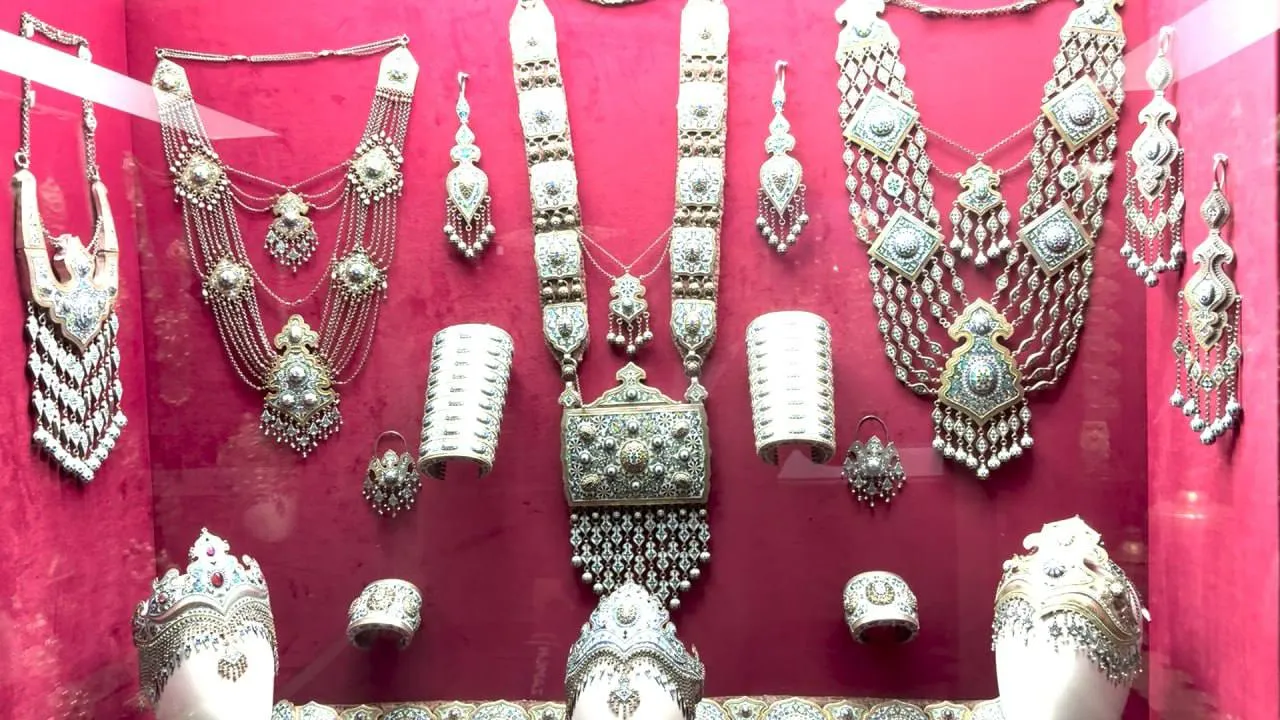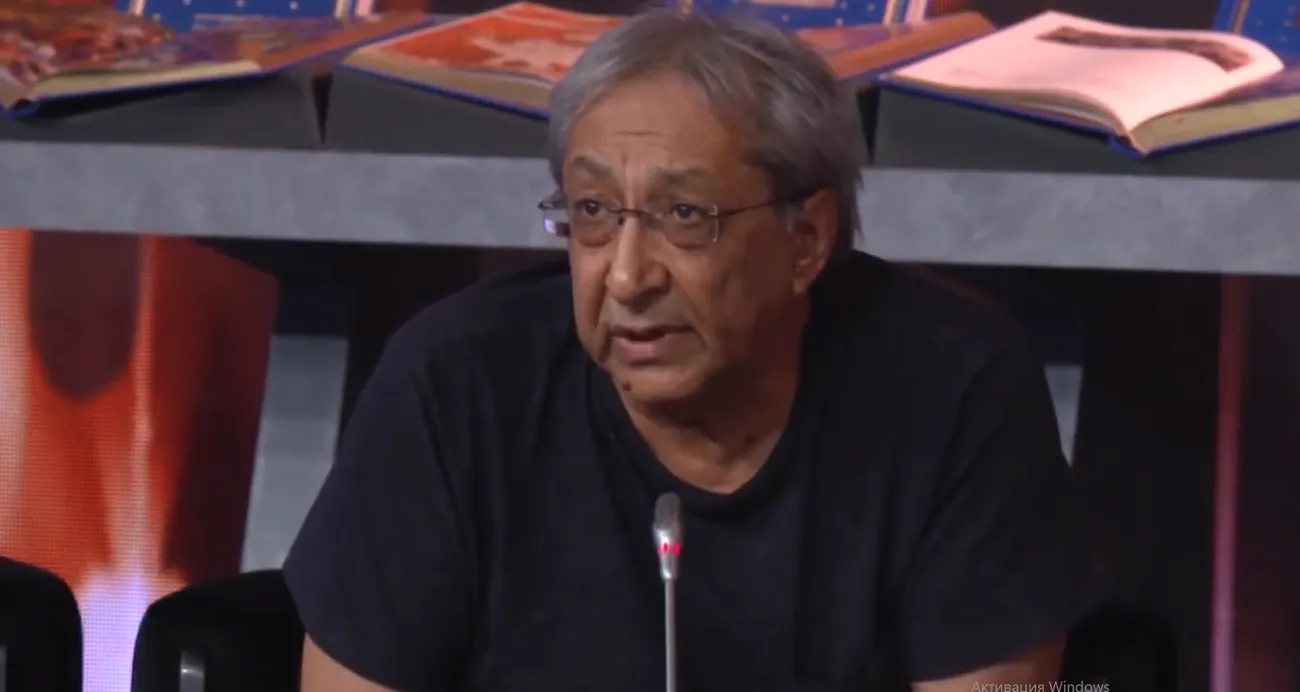During a joint visit to Kuwait on March 16-19, the delegation led by Firdavs Abdukhalikov, Director of the Center of Islamic Civilization in Uzbekistan, closely familiarized themselves with the activities of the Kuwait House of Islamic Heritage, the As-Salam Palace Museum, the Museum of Islamic Calligraphy, and the Tariq Rajab Museum.
During the trip, it became known that among the exhibits of the Tariq Rajab Museum are jewelry belonging to the Emir of Bukhara and his relatives, various jewelry, ancient clothing, weapons, handicrafts, fabrics, glass vessels, examples of calligraphy from different periods and geography of the Islamic world, masterpieces of calligraphy, as well as copies of Abu Ali ibn Sina's "Canon of Medicine" copied in the 14th century, miniatures from the Shaybanid period, and many other exhibits.

For reference: The Tariq Rajab Museum, located in the capital of Kuwait, al-Kuwait, contains a personal collection of more than 30,000 ancient and modern items. The museum, which began its activities in 1980, was founded by Kuwaiti entrepreneur Tariq Sayyid Rajab. Currently, the director of the museum is Ziyad Rajab.
Academician of the Academy of Sciences of Uzbekistan, art critic Akbar Khakimov says the following about the jewelry items found in the museum exhibits:

- Among the jewelry items in the exhibit are "earrings," characteristic of the traditional Bukhara school, and "bracelets," characteristic of Turkmen jewelry art, known in Turkmen as "bilezik." "Tillaqosh" are very similar to tillaqosh made in the centers of Bukhara, Samarkand, Tashkent, Kokand, and Margilan, and we can say that they are products of the Uzbek jewelry school. There is no doubt about the presence of these items on the territory of Uzbekistan. The fact that they were crafted with great skill indicates that they belonged to the jewelers who served the palace art of Bukhara. If these items are custom-made as models, they will further enrich the exposition of the "Epoch of the Uzbek Khanates" exhibition halls at the Center of Islamic Civilization in Uzbekistan.
According to museum director Ziyad Rajab, his mother mainly collected jewelry, while his father collected ceramics and metal items. Since they are interested in the territory and history of Uzbekistan, many artifacts from this place can be found in the museum.
WOSCU Press Service
